Developing a Real-time Monitoring Traceability System for Cold Chain of Tricholoma matsutake
Abstract
:1. Introduction
2. RM-TM System Analysis
2.1. The Survey Design and Analysis
- Field Observation was used to determine the workflow of the T. matsutake cold chain logistics. The researchers tracked a batch of T. matsutakes and recorded relevant information.
- Interview was used to obtain the user’s requirements for RM-TM’s functionality. With the assistance of local processing enterprises, we interviewed 21 people that including five managers and 16 workers. The interviews with workers are mainly the workflow and control standards in their own operating practices. Meanwhile, the interviews with the manager are mainly about the requirements for the RM-TM.
2.2. Workflow of T. matsutake Cold Chain Logistics
2.3. Requirements Analysis of RM-TM
- For managers: (1) The RM-TM can display the information of temperature, humidity, oxygen, carbon dioxide, and geographic location parameters of the cold chain in real-time. Once the threshold value is exceeded, the alarm information can be displayed to the management personnel. (2) For meeting the actual requirements, the characteristics of the RM-TM should include high precision, wide measurement range and fast response time. (3) The communication performance of RM-TM c should be stable and have certain anti-interference ability. (4) The information collection device of the RM-TM should be low power, low cost, and can be deployed flexibly. (5) Managers can track the final production.
- For consumers: Consumers can query information about the origin of the T. matsutake, and the date and location of the harvest by using the website address to link to the system. Meanwhile, consumers can also query the history information of T. matsutake in cold chain logistics.
3. System Design of RM-TM
3.1. System Architecture Design
- The data collection layer is mainly responsible for the collection and transmission of information data. The information gathering node needs a multi-parameter information collection and fusion device, which is placed in the package of T. matsutakes to collect and send the storage micro-environment information data.
- The data transmission layer is mainly responsible for transmitting data Base station (public mobile communication base station) serves as a hub for data transmission, receives the sensed data from the information gathering node and groups them for transmission to the data management layer for storage and processing.
- The data management layer is mainly responsible for the implementation of real-time data acquisition, storage, display, and processing and other basic functions. It mainly includes data base, knowledge base, model base, application server, and so on. Moreover, it provides historical data query capabilities for cold chain information data, while providing easy-to-use operating and configuration interfaces for managers.
3.2. Hardware Design of RM-TM
3.3. Application Software Design of the RM-TM
- Functional Design for Managers. The software modules include the user and monitoring centers, and device, trigger, feedback, and exploration modules, as shown in Figure 6. In the user center, the user can set personal information and account password. In device module, it has temperature, humidity, and gas (oxygen and carbon dioxide) sensors. The monitoring center module includes data display, data query, data analysis and data storage. The trigger module includes alarm mode and threshold settings, and in the future, we will continue to realize the function of remote control matsutake storage and transportation environment via mobile phone. If users have any suggestions, they can use the feedback module to submit their feedback. In the exploration module, the user can search for other Internet of Things devices. The software workflow shown in Figure 7.
- Functional Design for Consumers. Considering consumers’ growing interest in the maturation process and quality control of the matsutake, we plan to develop application software for consumers. The module design is shown in Figure 8. In the login and authentication module, the user can set personal information and account password. The monitoring center module includes data display, data query, data analysis, and accurate query. In the future, we plan to continue to add the product ordering module to facilitate the use of consumers (for other reasons, the design of the software for consumers has not yet been completed).
4. Implementation and Evaluation of RM-TM
4.1. Hardware Implementation and Testing
4.2. Device Power Consumption Test
4.3. Software Implementation and Testing
4.4. RM-TM Communication Performance Test and Analysis
4.5. System Evaluation of RM-TM
5. Discussion and Conclusion
- RM-TM test and evaluation results show that RM-TM can effectively trace and monitor the real-time humidity, temperature, oxygen, and carbon dioxide fluctuations, which increase the traceability and transparency of the cold chain microenvironment.
- After the power consumption test, the multi-parameter information acquisition and fusion device can meet the power consumption requirements of T. matsutake cold chain logistics by extending the sleep time and reducing the acquisition frequency of the device.
- The implementation of the RM-TM can make the key parameters of the T. matsutake cold chain logistics micro-environment tracked in real-time, which provides data information and decision-making for managers. Further, the quality loss of the T. matsutake can be reduced, and the economic benefit is increased.
- The size of CO2 and O2 sensors used in the RM-TM are bulky, which makes it difficult to install the sensors in a small package of T. matsutake. Meanwhile, the price of the CO2 and O2 sensors are too expensive to be widely used. Therefore, the future work should integrate micro-gas sensor technology into RM-TM to reduce the size of the device and economic costs.
- The system has realized the real-time monitoring of the cold chain micro-environment of T. matsutake, but has not yet realized real-time monitoring of the quality of T. matsutake. Therefore, the future work should establish a gas-quality coupling model to achieve real-time monitoring of the quality of the T. matsutake.
Author Contributions
Funding
Conflicts of Interest
References
- Liu, H.; Zhang, J.; Li, T.; Shi, Y.; Wang, Y. Mineral element levels in wild edible mushrooms from Yunnan, China. Biol. Trace Elem. Res. 2012, 147, 341–345. [Google Scholar] [CrossRef] [PubMed]
- Yun, W.; Hall, I.R.; Evans, L.A. Ectomycorrhizal fungi with edible fruiting bodies 1.Tricholoma Matsutake and Related Fungi. Econ. Bot. 1997, 51, 311–327. [Google Scholar] [CrossRef]
- Bergius, N.; Danell, E. The Swedish matsutake (Tricholoma nauseosum syn. T. matsutake): Distribution, Abundance and Ecology. Scand. J. For. Res. 2000, 15, 318–325. [Google Scholar] [CrossRef]
- Yang, X.; He, J.; Yang, Y.; Li, C.; Xu, J.; Ma, J. Matsutake Trade in Yunnan Province, China: An Overview. Econ. Bot. 2010, 62, 269–277. [Google Scholar] [CrossRef]
- Jeng-Leun, M.; Hsiu-Ching, L.; Chin-Chu, C. Antioxidant Properties of Several Medicinal Mushrooms. J. Agric. Food Chem. 2002, 50, 6072–6077. [Google Scholar]
- Xue, Z.; Hao, J.; Yu, W.; Kou, X. Effects of Processing and Storage Preservation Technologies on Nutritional Quality and Biological Activities of Edible Fungi: A Review: Effects of processing and preservation technologies on edible fung. J. Food Process Eng. 2016, 40, e12437. [Google Scholar] [CrossRef]
- Tsai, C.W.; Lai, C.F.; Vasilakos, A.V. Future Internet of Things: Open issues and challenges. Wirel. Netw. 2014, 20, 2201–2217. [Google Scholar] [CrossRef]
- Akyildiz, I.F.; Pierobon, M.; Balasubramaniam, S.; Koucheryavy, Y. The internet of Bio-Nano things. IEEE Commun. Mag. 2015, 32–40. [Google Scholar] [CrossRef]
- Augustin, A.; Yi, J.; Clausen, T.H.; Townsley, W. A Study of LoRa: Long Range & Low Power Networks for the Internet of Things. Sensors 2016, 16, 1466. [Google Scholar]
- Bello, O.; Zeadally, S. Intelligent Device-to-Device Communication in the Internet of Things. IEEE Syst. J. 2016, 10, 1172–1182. [Google Scholar] [CrossRef]
- Farhan, L.; Shukur, S.T.; Alissa, A.; Alrweg, M.; Raza, U.; Kharel, R. A survey on the challenges and opportunities of the Internet of Things (IoT). In Proceedings of the 2017 Eleventh International Conference on Sensing Technology (ICST), Sydney, Australia, 4–6 December 2017; pp. 1–5. [Google Scholar]
- Chandra, A.A.; Lee, S.R. A method of WSN and sensor cloud system to monitor cold chain logistics as part of the IoT technology. Int. J. Multimed. Ubiquitous Eng. 2014, 9, 145–152. [Google Scholar] [CrossRef]
- Palattella, M.R.; Dohler, M.; Grieco, A.; Rizzo, G.; Torsner, J.; Engel, T.; Ladid, L. Internet of Things in the 5G Era: Enablers, Architecture, and Business Models. IEEE J. Sel. Areas Commun. 2016, 34, 510–527. [Google Scholar] [CrossRef]
- Ruiz-Garcia, L.; Steinberger, G.; Rothmund, M. A model and prototype implementation for tracking and tracing agricultural batch products along the food chain. Food Control 2010, 21, 112–121. [Google Scholar] [CrossRef] [Green Version]
- Coates, R.W.; Delwiche, M.J.; Broad, A.; Holler, M. Wireless sensor network with irrigation valve control. Comput. Electron. Agric. 2013, 96, 13–22. [Google Scholar] [CrossRef]
- Aung, M.M.; Chang, Y.S. Temperature management for the quality assurance of a perishable food supply chain. Food Control 2014, 40, 198–207. [Google Scholar] [CrossRef]
- Qi, L.; Xu, M.; Fu, Z.; Mira, T.; Zhang, X. C2SLDS: A WSN-based perishable food shelf-life prediction and LSFO strategy decision support system in cold chain logistics. Food Control 2014, 38, 19–29. [Google Scholar] [CrossRef] [Green Version]
- Liu, C.; Zhang, R.; Chen, T.; Yi, T. The WSN Real-Time Monitoring System for Agricultural Products Cold-Chain Logistics. In Proceedings of the Computer and Computing Technologies in Agriculture VII; Li, D., Chen, Y., Eds.; Springer: Berlin/Heidelberg, Germany, 2014; pp. 255–261. [Google Scholar]
- Saad, S.M.; Kamarudin, L.M.; Kamarudin, K.; Nooriman, W.M.; Mamduh, S.M.; Zakaria, A.; Shakaff, A.Y.M.; Jaafar, M.N. A real-time greenhouse monitoring system for mango with Wireless Sensor Network (WSN). In Proceedings of the 2014 2nd International Conference on Electronic Design (ICED), Penang, Malaysia, 19–21 August 2014; pp. 521–526. [Google Scholar]
- Bhanarkar, M.; Korake, P. Soil salinity and moisture measurement system for grapes field by wireless sensor network. Cogent Eng. 2016, 3, 1164021. [Google Scholar] [CrossRef]
- Bhargava, K.; Kashyap, A.; Gonsalves, T. Wireless sensor network based advisory system for Apple Scab prevention. In Proceedings of the 2014 Twentieth National Conference on Communications (NCC), Kanpur, India, 28 February–2 March 2014; pp. 1–6. [Google Scholar]
- Xiao, X.; He, Q.; Fu, Z.; Xu, M.; Zhang, X. Applying CS and WSN methods for improving efficiency of frozen and chilled aquatic products monitoring system in cold chain logistics. Food Control 2016, 60, 656–666. [Google Scholar] [CrossRef] [Green Version]
- Zhao, Z.; Li, Q.; Wu, X. SD Card-based Temperature Recorder for Blood Cold Chain. Instrum. Tech. Sens. 2008, 10, 25–27. [Google Scholar]
- Alayev, Y.; Chen, F.; Hou, Y.; Johnson, M.P.; Bar-Noy, A.; La Porta, T.F.; Leung, K.K. Throughput maximization in mobile WSN scheduling with power control and rate selection. IEEE Trans. Wirel. Commun. 2014, 13, 4066–4079. [Google Scholar] [CrossRef]
- Suryadevara, N.K.; Mukhopadhyay, S.C.; Kelly, S.D.T.; Gill, S.P.S. WSN-based smart sensors and actuator for power management in intelligent buildings. IEEE/ASME Trans. Mechatron. 2015, 20, 564–571. [Google Scholar] [CrossRef]
- Li, C.M.; Nien, C.C.; Liao, J.L.; Tseng, Y.C. Development of wireless sensor module and network for temperature monitoring in cold chain logistics. In Proceedings of the 2012 IEEE International Conference on Wireless Information Technology and Systems (ICWITS), Maui, HI, USA, 11–16 November 2012; pp. 1–4. [Google Scholar]
- Gogou, E.; Katsaros, G.; Derens, E.; Alvarez, G.; Taoukis, P.S. Cold chain database development and application as a tool for the cold chain management and food quality evaluation. Int. J. Refrig. 2015, 52, 109–121. [Google Scholar] [CrossRef]
- La Scalia, G.; Nasca, A.; Corona, O.; Settanni, L.; Micale, R. An Innovative Shelf Life Model Based on Smart Logistic Unit for an Efficient Management of the Perishable Food Supply Chain. J. Food Process Eng. 2017, 40. [Google Scholar] [CrossRef]
- Sciortino, R.; Micale, R.; Enea, M.; La Scalia, G. A webGIS-based system for real time shelf life prediction. Comput. Electron. Agric. 2016, 127, 451–459. [Google Scholar] [CrossRef]



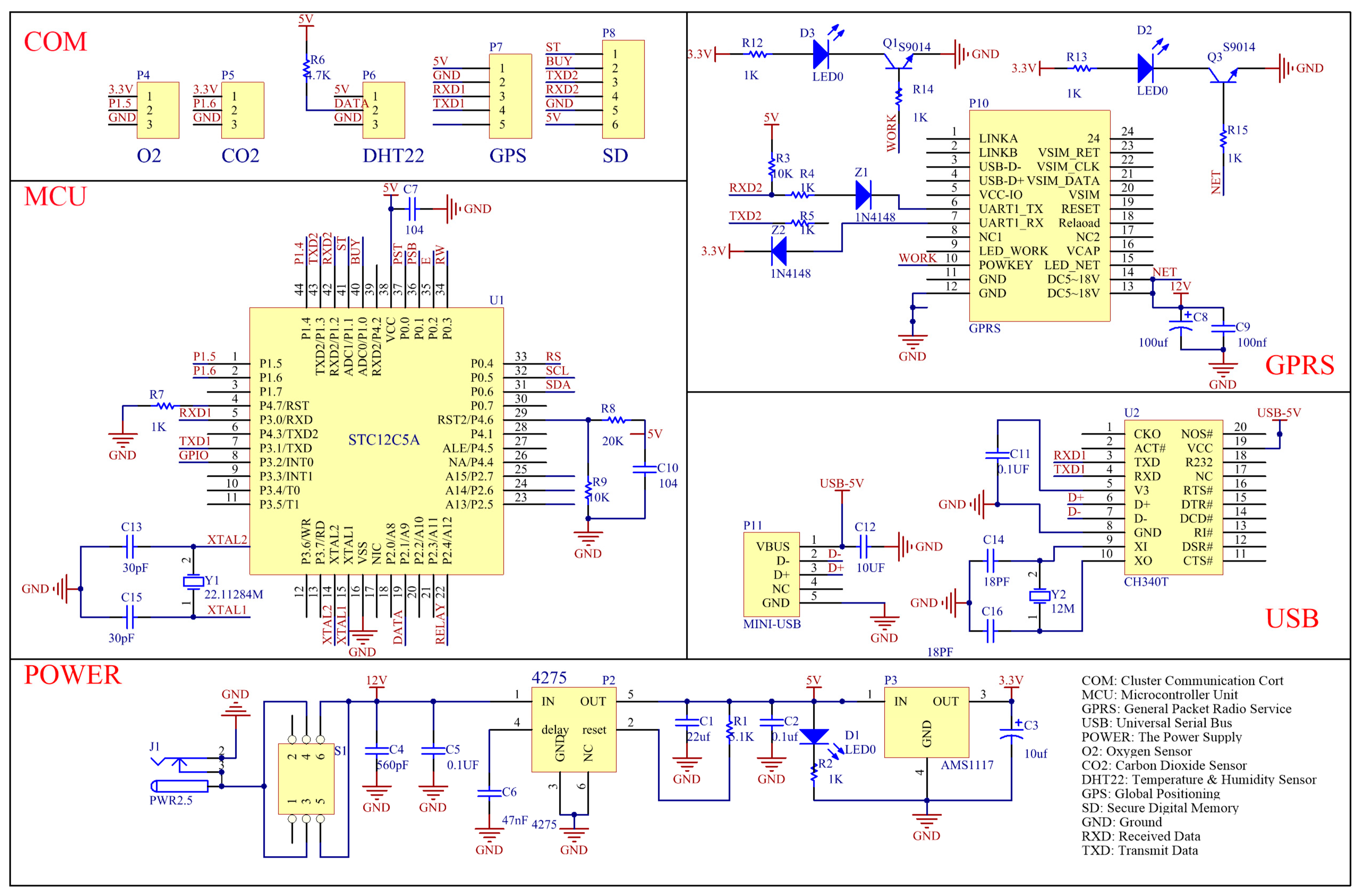
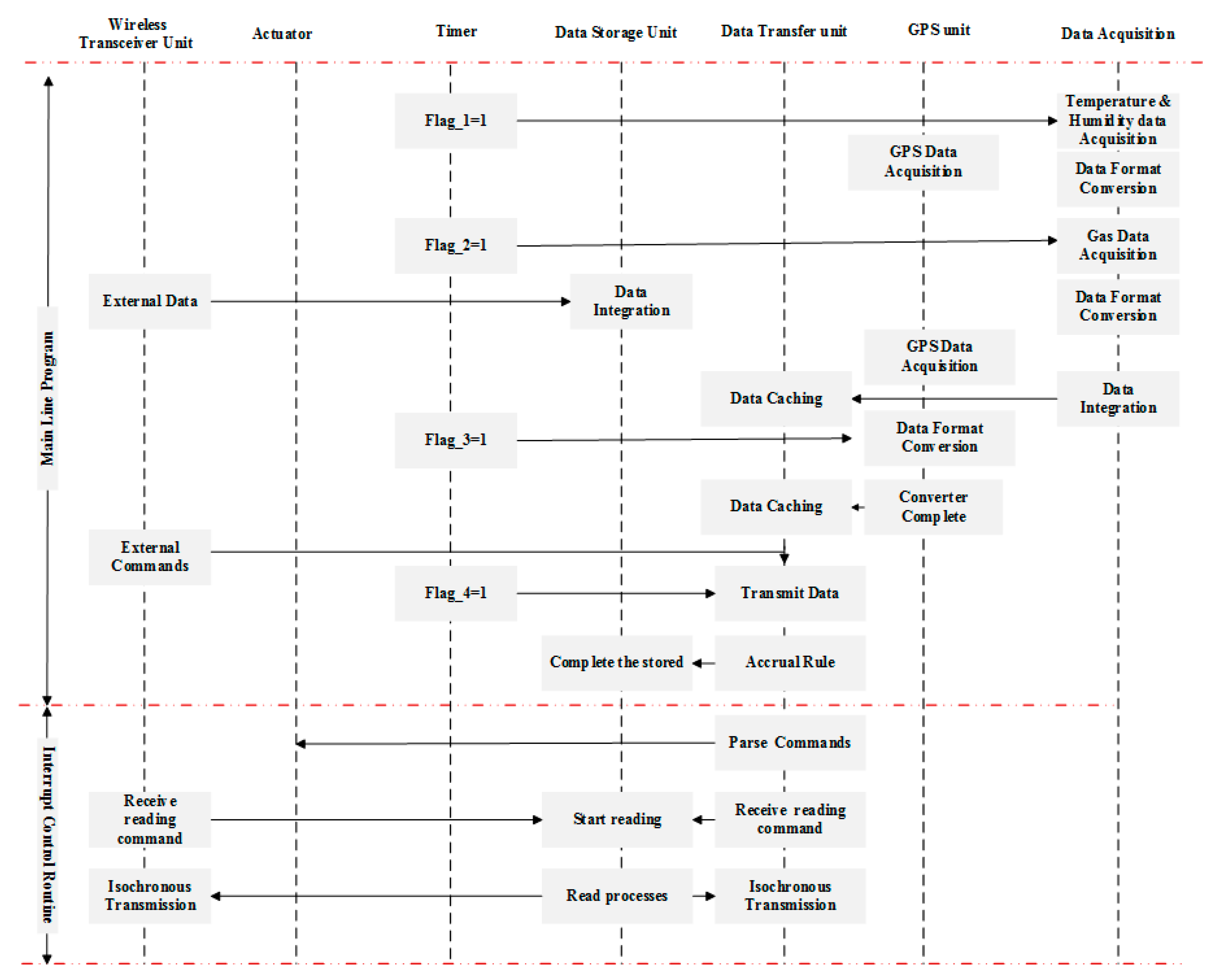
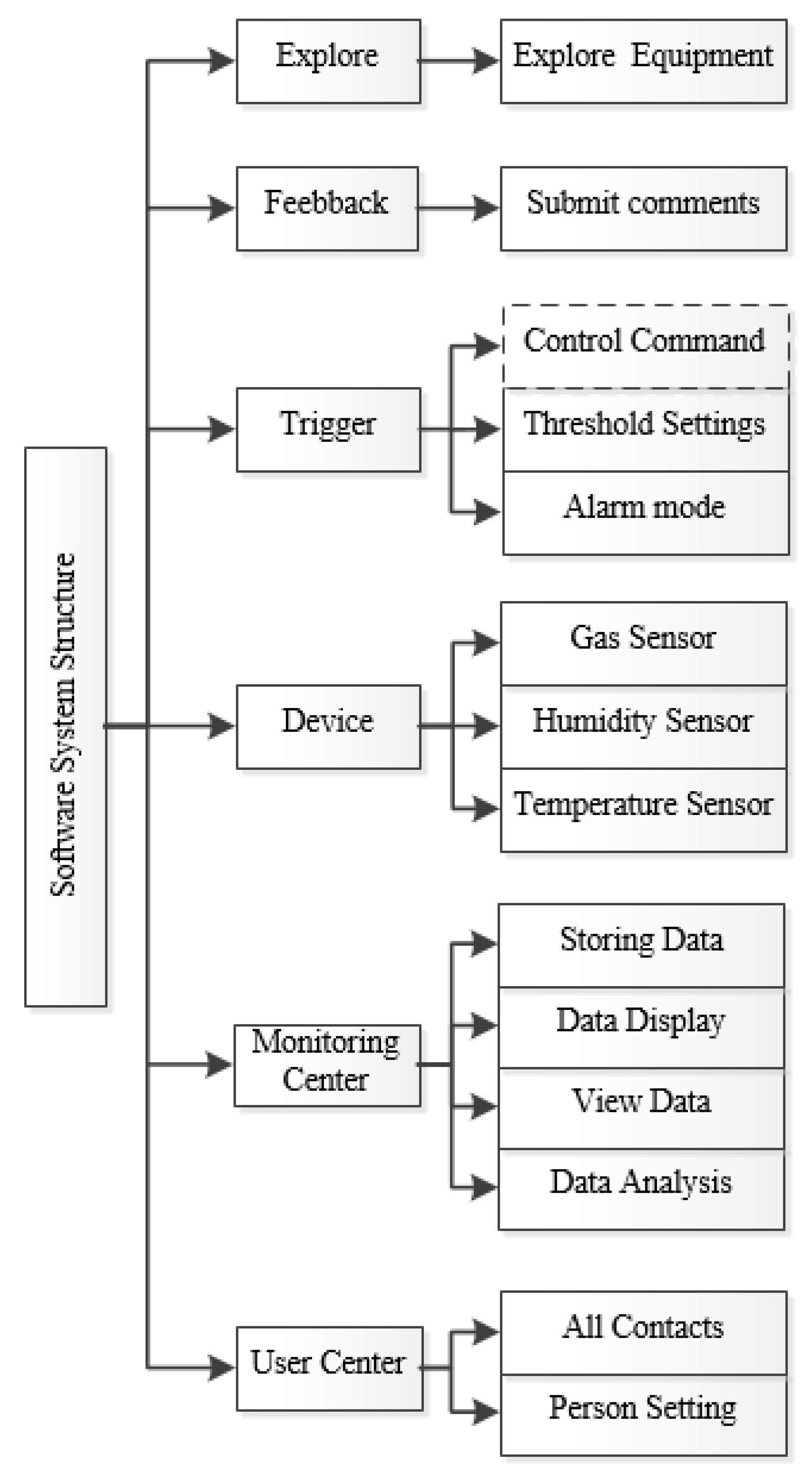
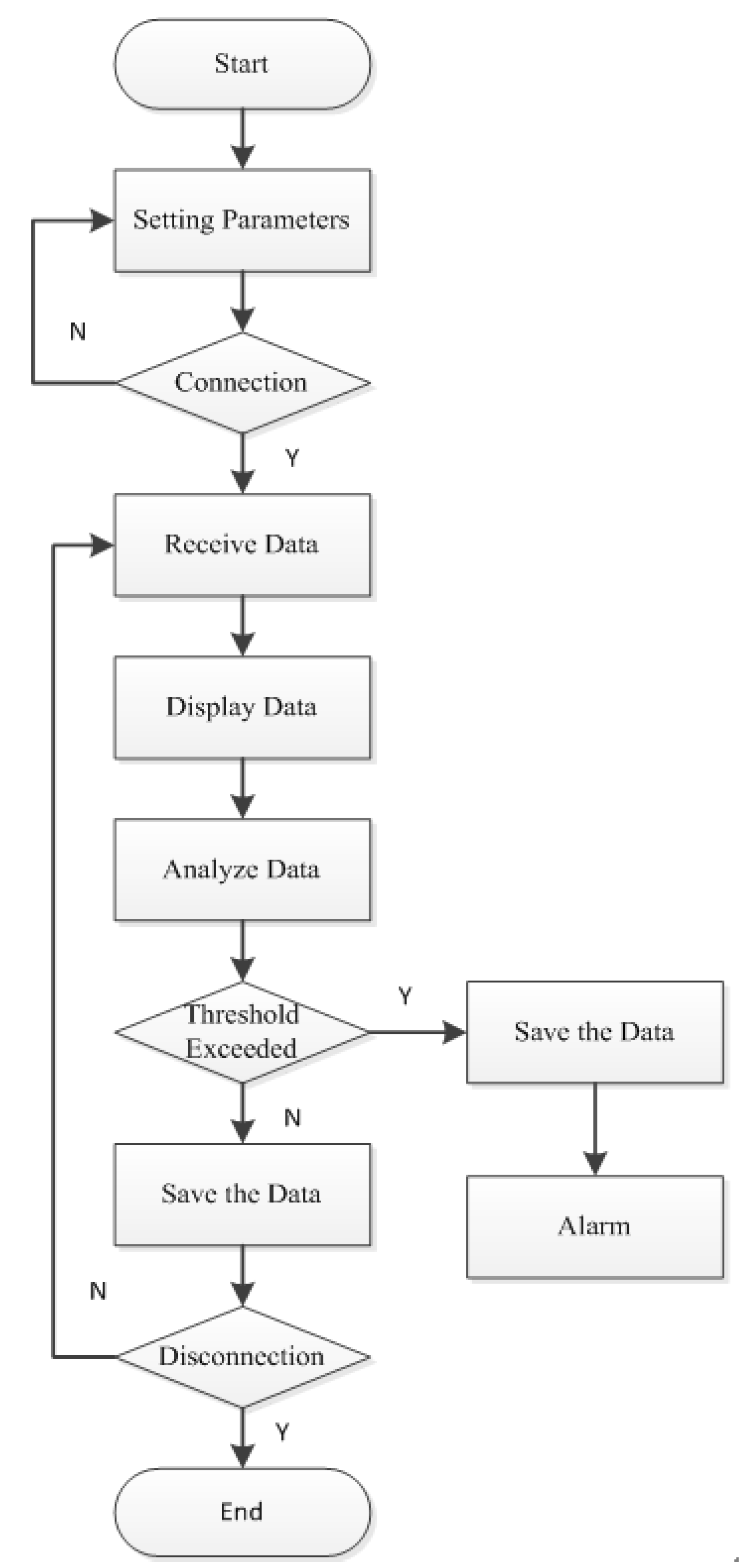
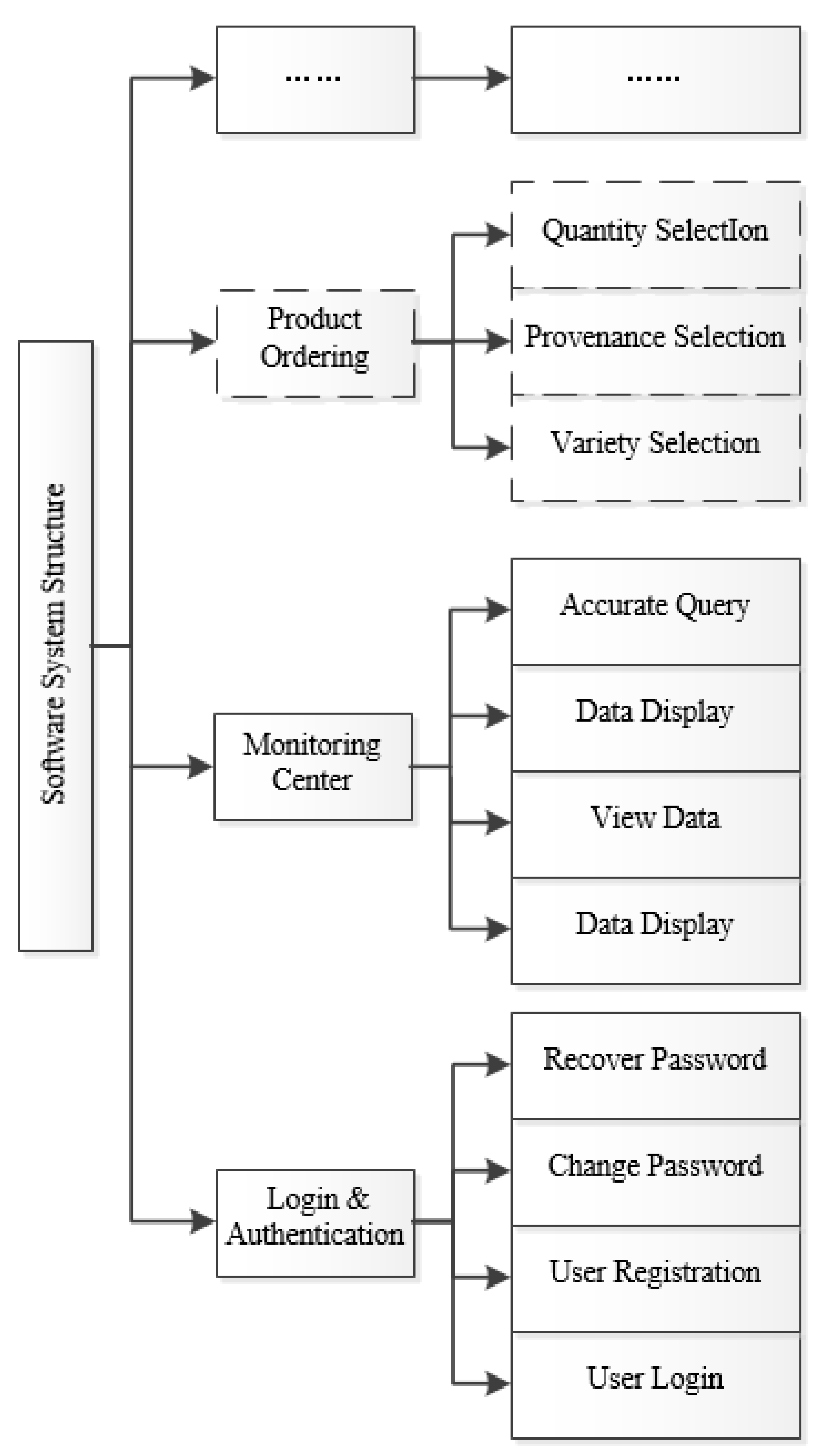

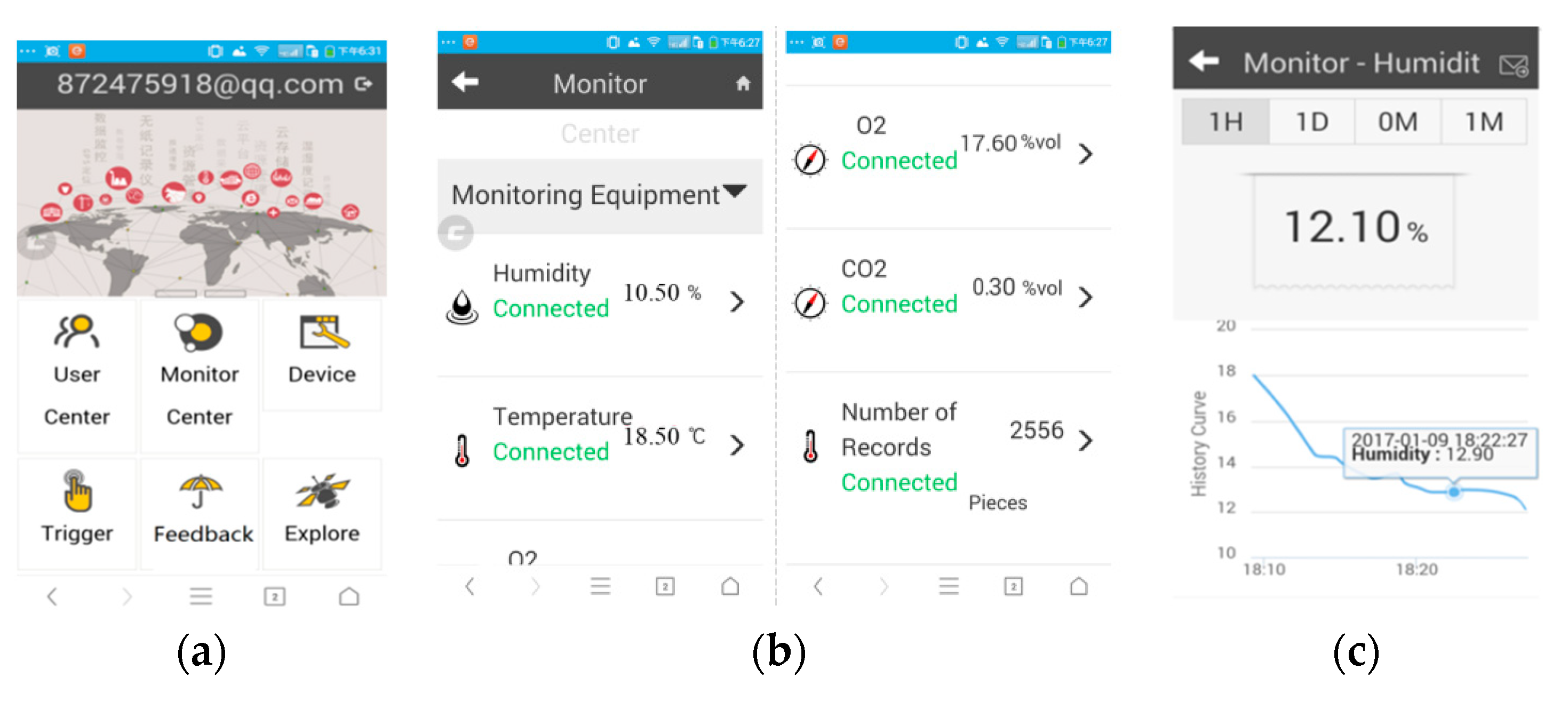
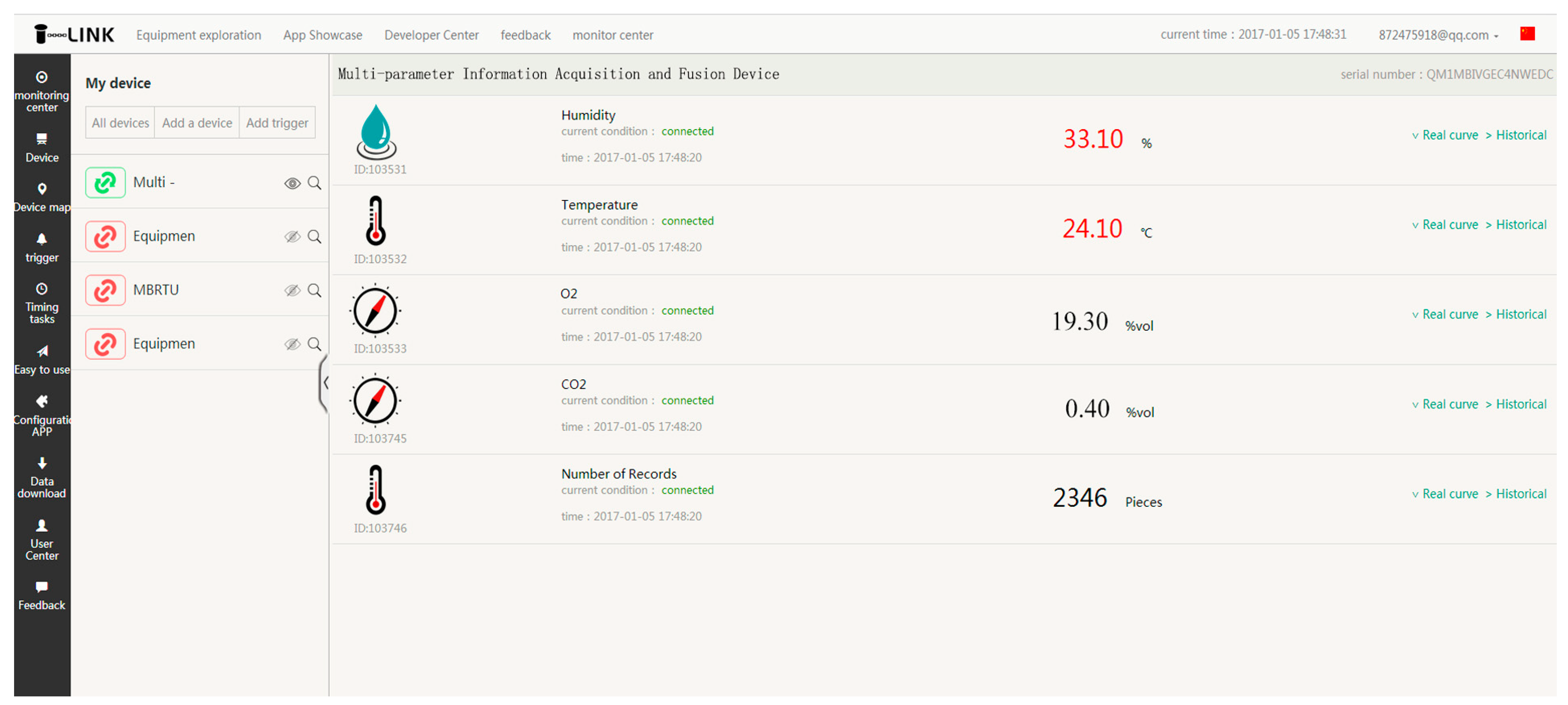
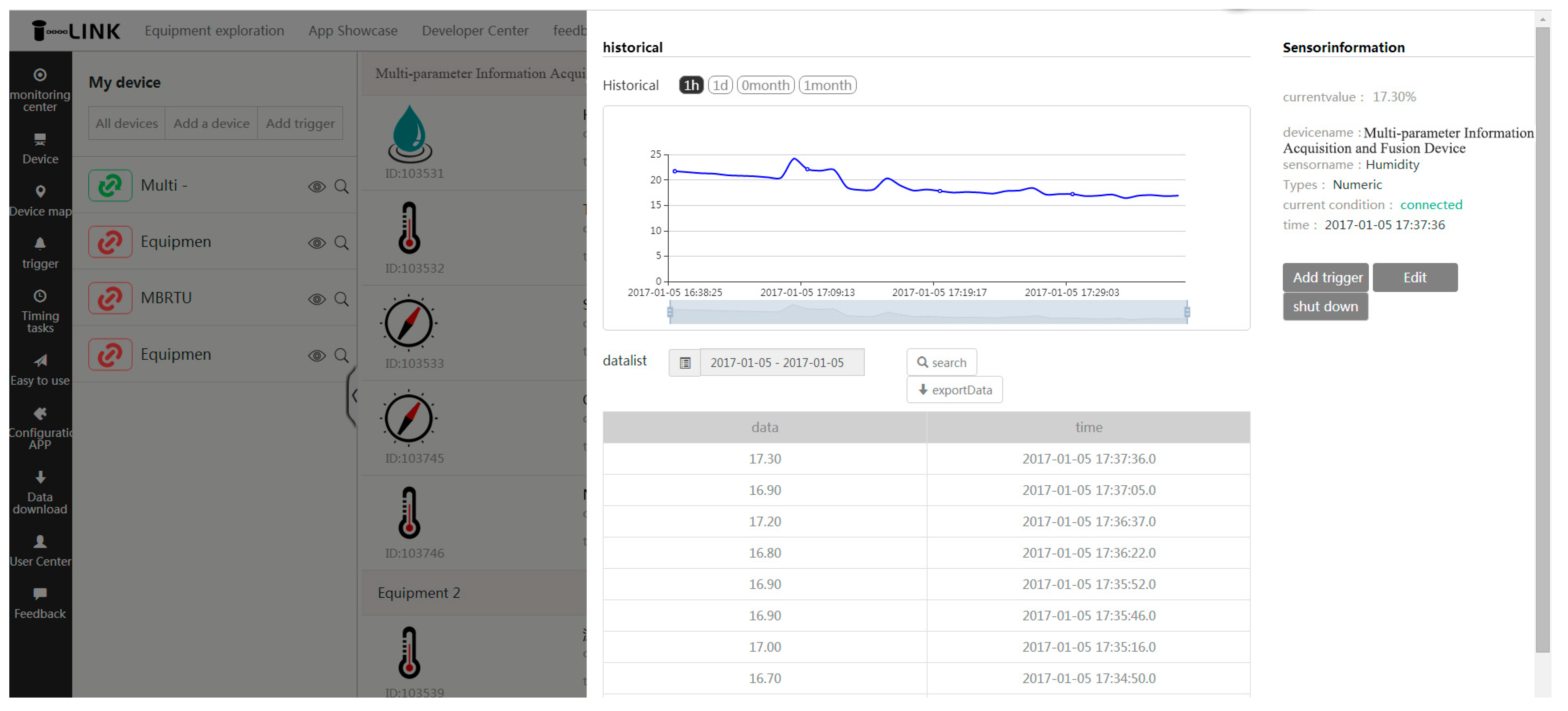
| Step | Operation | Description | Remark |
|---|---|---|---|
| 1 | Picking | The fresh T. matsutakes are plucked in the mountains | Picked at ambient temperature |
| 2 | Transportation | Fresh T. matsutakes are transported to the processing plants | Transported at the ambient temperature |
| 3 | Grading | Fresh T. matsutakes are divided into several quality levels according to the maturity and sizes | Select the T. matsutakes with good quality |
| 4 | Package | Place the T. matsutakes in a foam box and seal the box with tape. | / |
| 5 | Precooling | T. matsutakes are precooled to a central temperature ranges between 1–4 °C | Central temperature ranges between 1–4 °C |
| 6 | Loading | Loading T. matsutakes to the refrigerated truck or airplane | / |
| 7 | Transportation | T. matsutakes are transported to the markets by refrigerated transportation | Transported at the temperature ranges between 1–4 °C |
| 8 | Sale | T. matsutakes are sold in the markets | Ambient temperature ranges between 1–4 °C |
| Component | Type | Manufacturer | Place of Production | |
|---|---|---|---|---|
| Information Processing Module | MCU (Microcontroller Unit) | STC12C5A60S2 | STC MCU Limited | Beijing, China |
| PCB (Printed Circuit Board) | FR-4 | Hangzhou Jiepei Technology Co., Ltd. | Hangzhou, China | |
| Sensing Module | Humidity & Temperature sensor | AM2302 | Aosong (Guangzhou) Electronics Co., Ltd. | Guangzhou, China |
| CO2 sensor | AJD/L/4CO2 | Beijing Anjieda Technology Co., Ltd. | Beijing, China | |
| O2 sensor | AJD-4M-O2 | |||
| GPRS Module | GPRS (General Packet Radio Service) | KS97-GPRS | Kytence Electronic | Shanghai, China |
| Power Supply Module | Power Supply | 9v30ah | Beijing Oulieng Electronic Technology Co., Ltd. | Beijing, China |
| Indications | Resolution | Range | Tolerance Scope |
|---|---|---|---|
| Temperature (°C) | 0.1 | −40–80 | ±0.3 |
| Humidity (%RH) | 0.1 | 0–100 | ±2 |
| O2 (%vol) | 0.1 | 0–30 | ±2 |
| CO2 (%vol) | 0.1 | 0–5 | ±1 |
| Component | Model Number | Power |
|---|---|---|
| MCU | STC12C5A60S2 | working state: 10–35 mW |
| STC MCU Limited | sleep state: 6.5 mW | |
| Humidity & temperature sensor | AM2302 | 1–30 uW |
| CO2 sensor | AJD/L/4CO2 | 25 mW |
| O2 sensor | AJD-4M-O2 | 200 mW |
| GPRS module | KS97-GPRS | 170–350 mW |
| No. | Suggestion | Type |
|---|---|---|
| 1 | Apply RM-TM in other production process in the enterprise | Functional |
| 2 | Reduce the cost of RM-TM | Non-functional |
| 3 | Reduce the size of the information acquisition hardware | Non-functional |
| 4 | Increase the stability of RM-TM | Functional |
| Performance Indicators | Monitoring Situation | Warning | Transparency and Accuracy | Applicability | |||
|---|---|---|---|---|---|---|---|
| Temperature | Humidity | CO2 | O2 | ||||
| Traditional work | None | Null | Radio frequency identification, recorders | Radio frequency identification, recorders | Null | Null | Complexity, difficult, time consuming |
| Previous work in our team | Temperature & humidity | Null | Range: −40 to 120 °C Accuracy: ±0.4 °C | Range:0–100%RH Accuracy: ±3%RH | Null | Null | Simple, easy |
| Traceability system | Temperature, humidity, CO2 and O2 | Real-time | Range: −40 to 80 °C Accuracy: ±0.3 °C | Range: 0–100%RH Accuracy: ±2%RH | Range:0–5% Accuracy: ±2%FS Response time < 25 s | Range:0–30% Accuracy: ±1%FS Response time < 25 s | Comprehensive, real-time, easy, online and simple |
| Advantage | The monitored parameters were increased | Better management of cold chain | Better accuracy and traceability | Better accuracy and traceability | Capability of CO2 monitoring and traceability | Capability of O2 monitoring and traceability | Improving the management of cold chain |
© 2019 by the authors. Licensee MDPI, Basel, Switzerland. This article is an open access article distributed under the terms and conditions of the Creative Commons Attribution (CC BY) license (http://creativecommons.org/licenses/by/4.0/).
Share and Cite
Li, X.; Yang, L.; Duan, Y.; Wu, Z.; Zhang, X. Developing a Real-time Monitoring Traceability System for Cold Chain of Tricholoma matsutake. Electronics 2019, 8, 423. https://doi.org/10.3390/electronics8040423
Li X, Yang L, Duan Y, Wu Z, Zhang X. Developing a Real-time Monitoring Traceability System for Cold Chain of Tricholoma matsutake. Electronics. 2019; 8(4):423. https://doi.org/10.3390/electronics8040423
Chicago/Turabian StyleLi, Xinwu, Lin Yang, Yanqing Duan, Zhigang Wu, and Xiaoshuan Zhang. 2019. "Developing a Real-time Monitoring Traceability System for Cold Chain of Tricholoma matsutake" Electronics 8, no. 4: 423. https://doi.org/10.3390/electronics8040423




